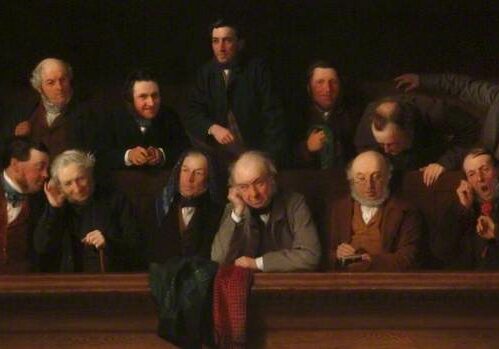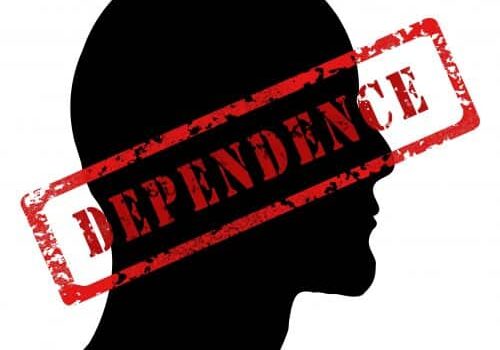JUSTFAIR New Tool Gives Power Back to the People
A powerful new tool called JUSTFAIR now allows the public to dig through federal sentencing archives to see exactly what federal judges are doing with sentencing. It’s the first time the public has been able to see all the major federal sentencing data in one place, without having to hunt around and piece it all together. And it’s free.
Before JUSTFAIR was created, all the data on federal sentencing details were available to the public, but spread across numerous government databases and in various locations, making it nearly impossible for even seasoned federal sentencing experts to see what was really going on with federal sentencing.
Developed by the Institute for the Quantitative Study of Inclusion, Diversity, and Equity (QSIDE), JUSTFAIR (Judicial System Transparency Through Federal Archive Inferred Records) breaks through the government’s barriers and exposes the problems with federal sentencing.
Three are 94 federal district courts across the country and U.S. territories (Puerto Rico, Guam, etc.), and each state has at least one court, sometimes up to four of them. It used to be that federal sentencing varied by location and the judge’s personal biases. This created huge disparities in sentences handed out for the same offenses, depending on where someone was sentenced.
While the United States Sentencing Guidelines (USSG) were created by the U.S. Sentencing Commission to fix this problem, disparities still persist, especially between different race and socio-economic classes. Really, the USSG hardly fixed anything, since nobody has been holding federal judges accountable for their sentencing decisions, unless someone appealed their sentence and it was found to be “unreasonable” by the circuit court (somewhat of a rare event, to say the least).
But appeals don’t get into the finer details of sentencing, like a defendant’s characteristics, and sentencing judges never comment on the record as to any of this. But JUSTFAIR includes all this data. And it does so by combining five main sources of government information on sentencing. It’s a unique database that sheds light on sentencing decisions and could be a game-changer, holding judges accountable for their sentencing decisions.
JUSTFAIR can be found at QSIDE’s website.
More by Dale Chappell:
Habeas Petitions and Gap Delays
Recommended for you
Ex Parte Communications By Judge With Jury Required Reversal Of Convictions
At Martin Bradley III’s trial for racketeering, mail fraud, wire fraud, and money laundering, the district court had two ex parte communications with the jury. Bradley’s defense lawyers did not become aware of notes until after his appeal. Bradley filed a 2255 motion arguing, in addition to other things, that the court had violated Rule…
Drug Treatment And Vocational Training Improper Sentencing Considerations
Christopher Thornton moved for a downward variance at sentencing arguing, among other things, that “in-prison treatment during the proposed thirty-eight months would help mitigate any potential risk he posed to the community.” The district court denied the motion, but in doing so said that Thornton had “mental-health issues, and he needs drug treatment” and that…
Amendment 782 Motion Reconsideration
Reinaldo Rivera moved for 18 U.S.C. § 3582(c)(2) relief based on Amendment 782 to the Guidelines, commonly known as “drugs minus 2.” The district court granted the motion and reduced his sentence to 420 months from LIFE. But in doing so, the district court believed Rivera’s mandatory minimum was 30 years for his CCE conviction.…




